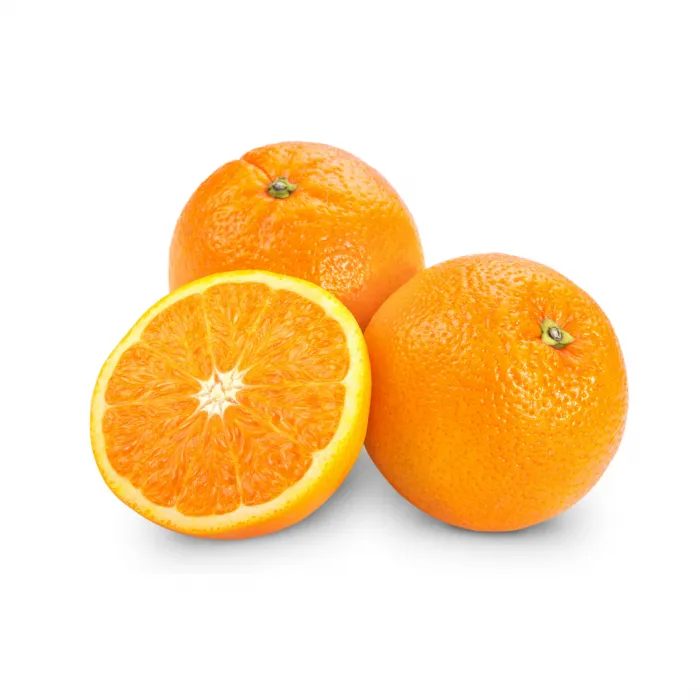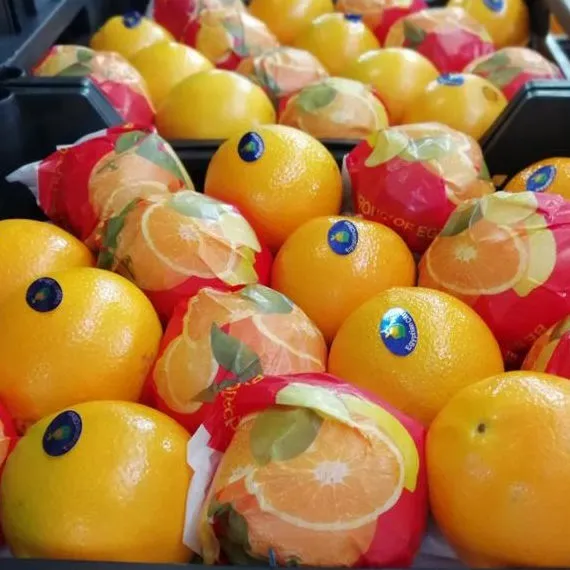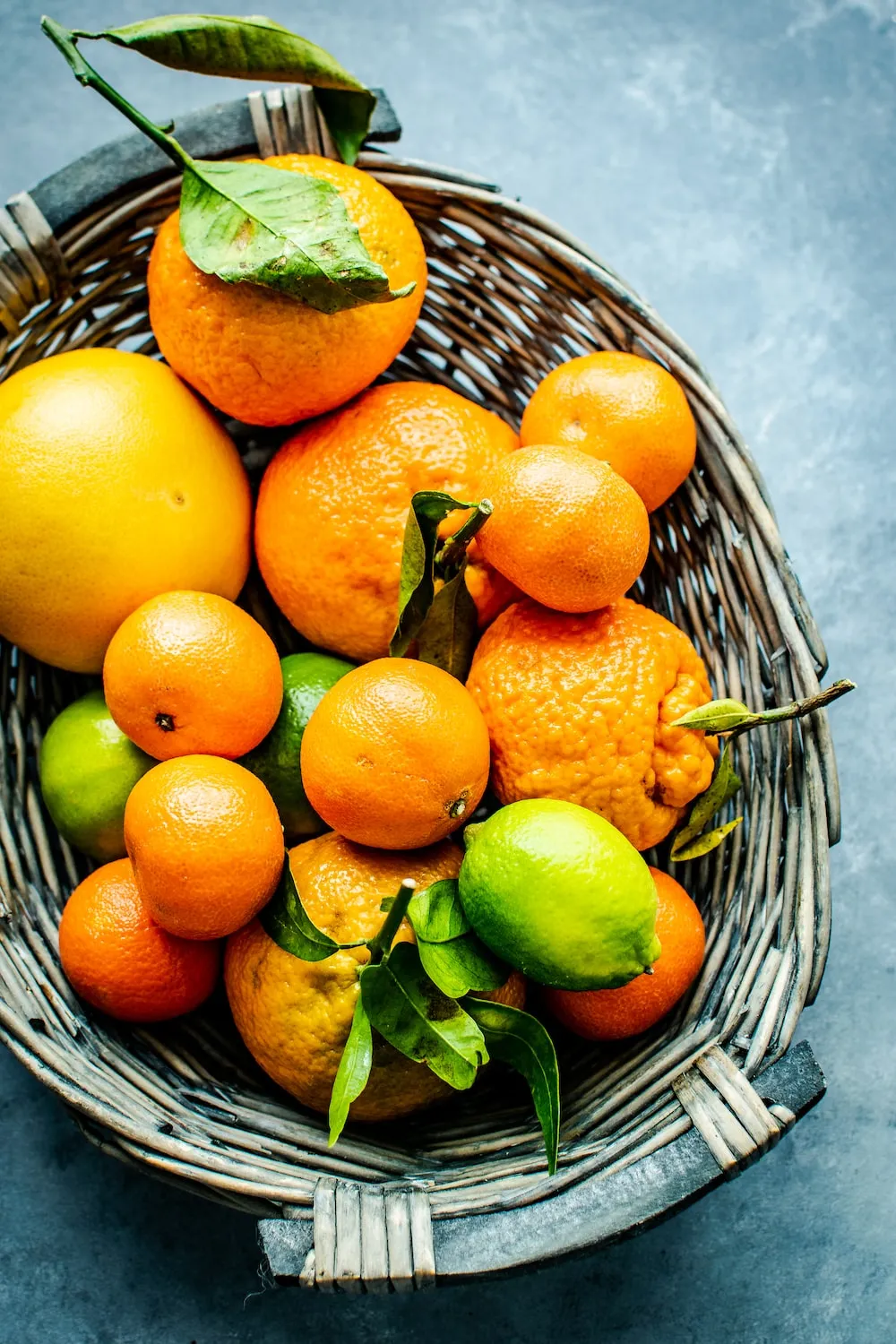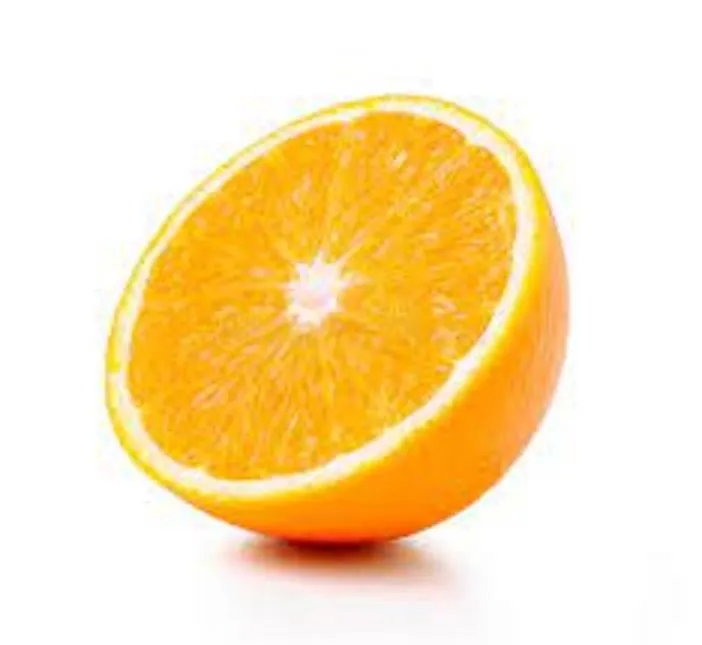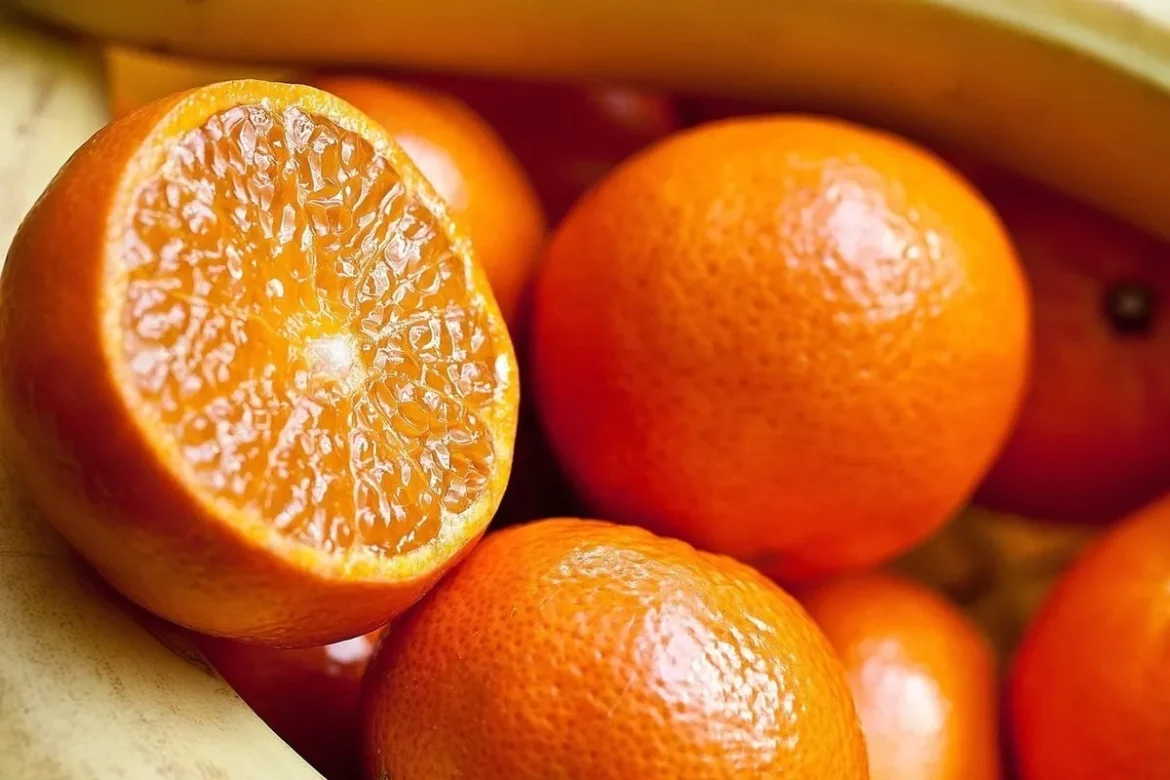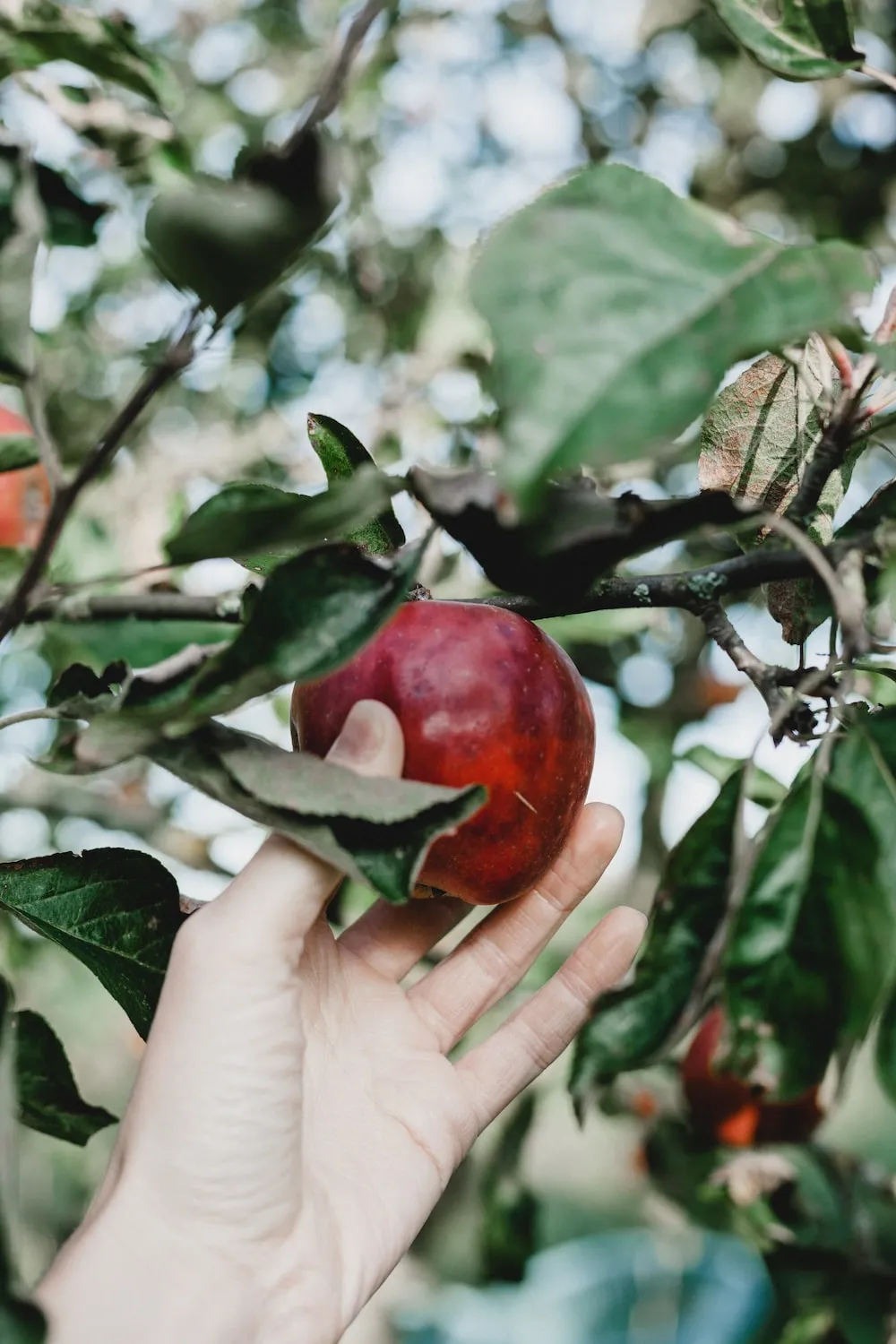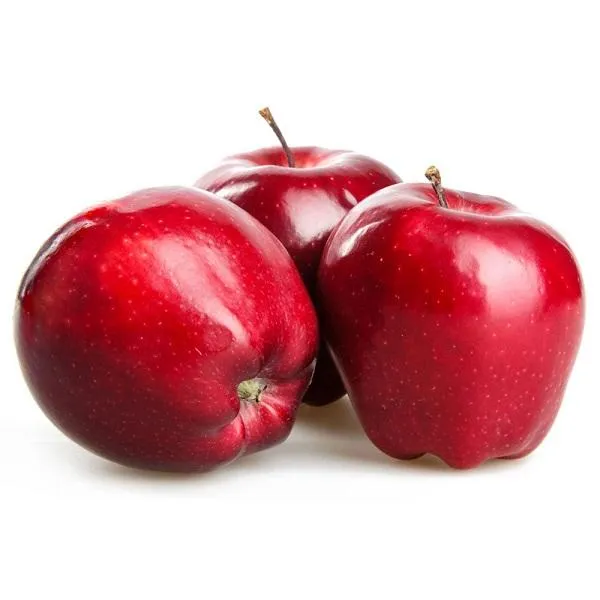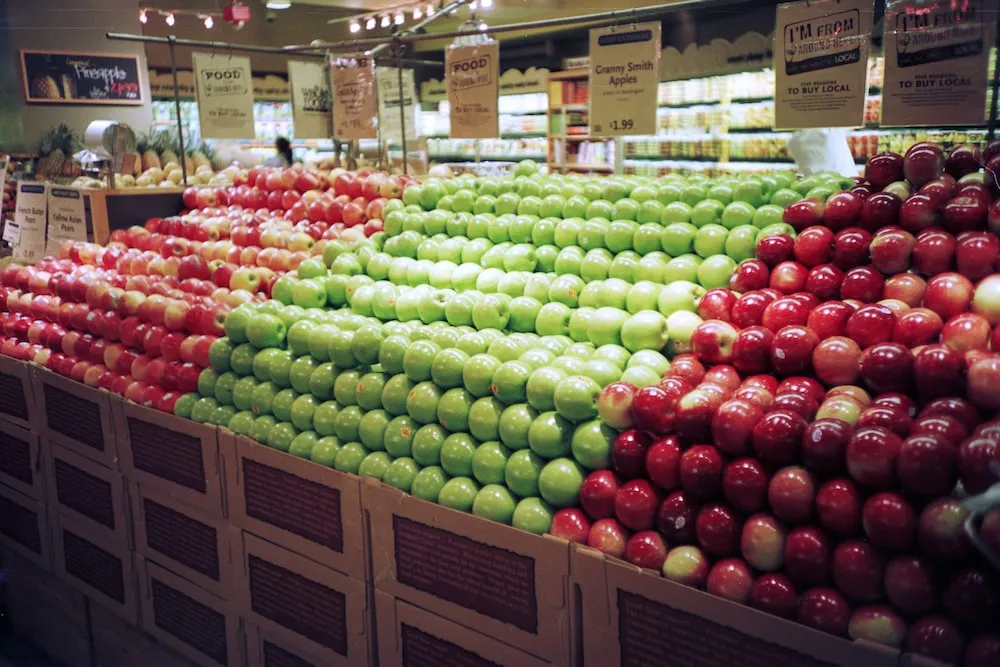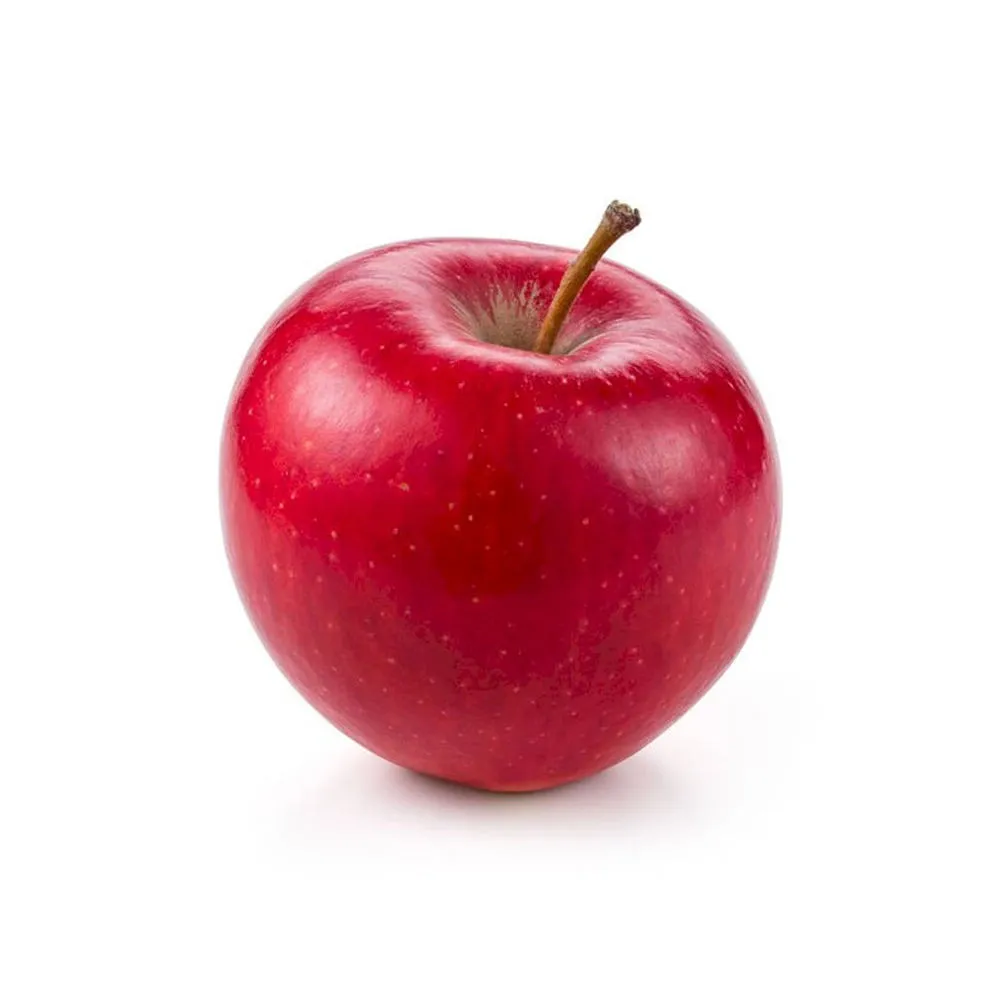Kiwi fruit, also known as Chinese gooseberry, is a delicious, vibrant fruit that has become a staple in many households around the world. With its striking appearance and refreshing taste, kiwi fruit has established itself as a favorite among fruit lovers. While it is commonly associated with New Zealand, few know about its fascinating origin story. In this article, we will explore the origins of this delectable fruit and how New Zealand has become synonymous with kiwi production.
Historical Background:
The story of the kiwi fruit begins in the heart of the Yangtze River Valley in northern China. Native to this region, the Chinese gooseberry, or Actinidia deliciosa, grew wild and thrived for centuries. The fruit’s unique green flesh, signature black seeds, and brown, fuzzy skin made it a distinctive addition to local diets.
Introduction to New Zealand:
New Zealand’s connection with kiwi fruit can be traced back to the early 20th century. In 1904, Mary Isabel Fraser, a missionary’s wife, brought back a handful of the Chinese gooseberry seeds from her visit to China. She planted them in her garden in New Zealand’s Wanganui region, where they flourished and produced an abundance of fruit.
Commercial Development:
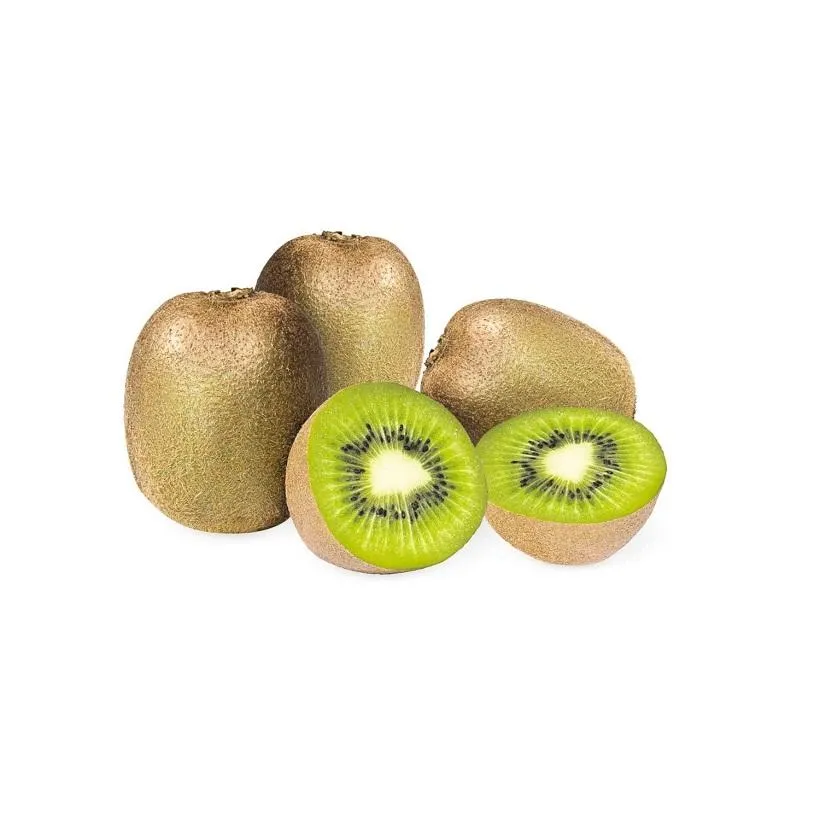
The commercial cultivation of kiwi fruit in New Zealand began in the 1930s when a farmer by the name of Alexander Allison started producing and selling the fruit locally. He recognized the potential of the fruit’s distinctive taste and appearance and saw an opportunity to establish a new industry.
Renaming to Kiwi:
Originally known as the Chinese gooseberry, the fruit underwent a rebranding in the mid-20th century. In 1959, New Zealand growers renamed the fruit “kiwi” as a marketing strategy. The name change aimed to capitalize on the country’s national bird, the kiwi. This small, flightless bird is native to New Zealand and is an important symbol of the nation.
International Recognition:
Despite its humble beginnings, kiwi fruit quickly gained international recognition. New Zealand’s climate and fertile soil provided ideal conditions for kiwi production, allowing the fruit to thrive and achieve exceptional quality. As a result, New Zealand became synonymous with kiwi fruit production across the globe.
Export Boom:
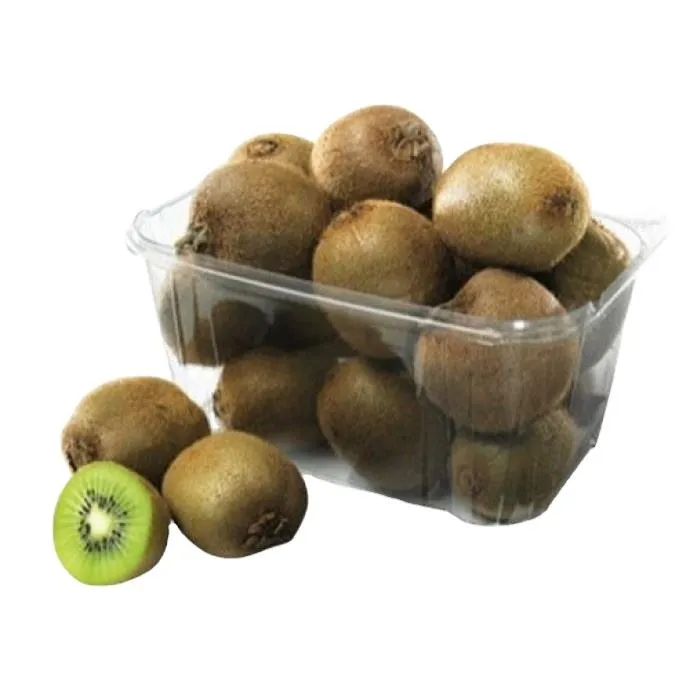
In the late 20th century, New Zealand’s kiwi fruit industry experienced a significant export boom. Increased demand, particularly from Western countries, led to expansion in kiwi orchards across the country. Kiwi fruit importers and exporters quickly realized the fruit’s potential as a lucrative business venture.
Health Benefits:
Beyond its distinctive appearance and taste, kiwi fruit is renowned for its numerous health benefits. Packed with essential nutrients, including vitamin C, vitamin E, and dietary fiber, kiwi fruit is an excellent addition to a balanced diet. It is also a great source of antioxidants, which contribute to overall well-being and immune system health.
Varieties of Kiwi Fruit:
While the fuzzy-skinned green kiwi is the most well-known variety, there are other delicious types of kiwi fruit. These include golden kiwifruit, which has smooth, bronze skin and a slightly sweeter flavor, and baby kiwi or kiwi berries, which are small, bite-sized fruits resembling their larger counterparts.
Conclusion:
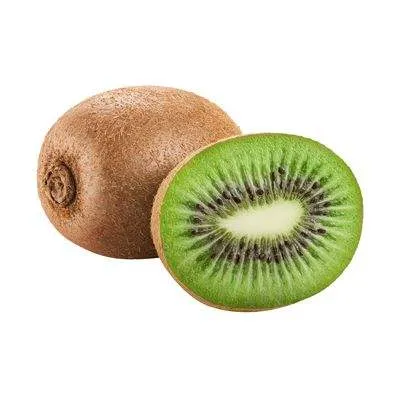
Kiwi fruit has come a long way since its humble origins in China. The fruit’s journey to New Zealand and subsequent exponential growth in popularity is a testament to the country’s dedication to excellence in agriculture. Today, New Zealand’s kiwi fruit industry plays a significant role in its economy, employing thousands of people and providing a delicious taste of this remarkable fruit to consumers far and wide.From its discovery in the wild to its widespread cultivation, the kiwi fruit has evolved into a global sensation with New Zealand as its proud ambassador. The country’s commitment to producing high-quality kiwi fruit has positioned it as a leading exporter in the industry.
In recent years, New Zealand has not only focused on the traditional green kiwi variety but has also expanded its offerings to include other cultivars. The golden kiwifruit, introduced in the 1990s, has gained popularity for its sweet, tropical taste and smooth skin. With its bright golden color, it offers a delightful alternative to the traditional green kiwi.
Kiwi fruit farming in New Zealand is a science in itself, with growers using innovative techniques to maximize yields and preserve the fruit’s quality. The unique climate and fertile soil provide the perfect conditions for kiwi fruit cultivation. The fruit is typically harvested between March and June and is carefully packaged and transported to markets around the world.
The rising demand for kiwi fruit has also sparked interest in the health benefits it offers. With its high levels of vitamin C, kiwi fruit is a natural immune booster. It also contains a range of antioxidants, such as flavonoids and carotenoids, which have been linked to various health benefits, including reducing inflammation and promoting heart health.
New Zealand’s kiwi fruit industry has not been without its challenges. The country has faced occasional setbacks due to weather conditions, pests, and diseases that can affect crop yields. However, the industry has been proactive in developing sustainable farming practices and investing in research to combat these challenges and ensure the long-term success of kiwi fruit production.
As the global demand for fresh, nutritious, and exotic fruits continues to grow, so does the popularity of kiwi fruit. New Zealand remains at the forefront of kiwi production, maintaining its reputation for exceptional quality and flavor. With its commitment to sustainability and innovation, the country’s kiwi fruit industry is well-positioned to meet the evolving needs of consumers worldwide.
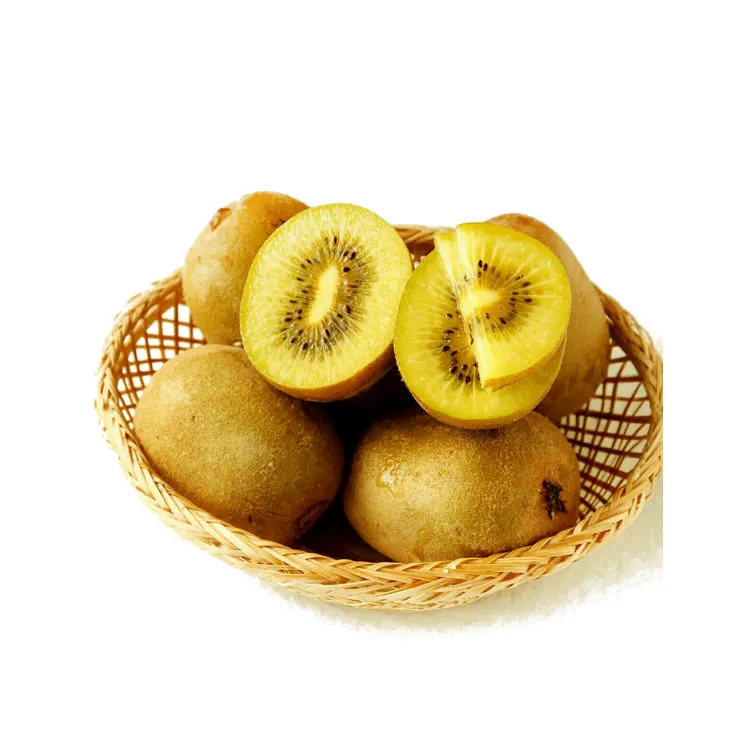
In conclusion, the kiwi fruit’s journey from its origins in China to New Zealand’s fertile soils is a story of commercial triumph and global recognition. The renaming of the Chinese gooseberry to “kiwi” truly emphasizes the fruit’s deep connection to New Zealand’s identity. Today, kiwi fruit is enjoyed by millions, not only for its unique taste and appearance but also for its health benefits. As New Zealand continues to lead the way in kiwi fruit production, consumers can rest assured that they are enjoying a taste of the country’s rich agricultural heritage.

